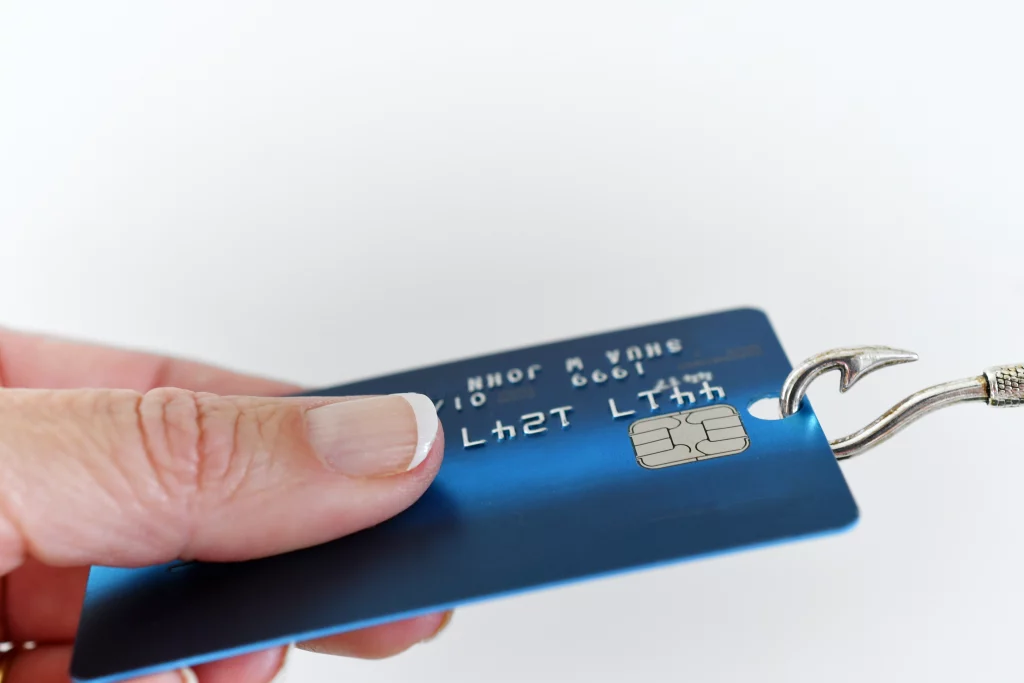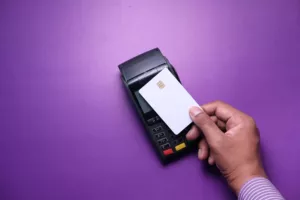Hello there, fellow entrepreneurs! Scott Waters here, with another gem for your business toolbox. Today, we’re diving deep into the sea of chargebacks – those pesky financial mishaps that can ruin your day faster than a cup of cold coffee. But hey, no worries! I’ve got your back. Let’s figure out how to resolve chargebacks with this easy-to-understand, troubleshooting guide.
Chargebacks: What Are They?
First things first, let’s understand what we’re up against. Chargebacks occur when a customer disputes a charge from your business, asking their credit card company to reverse it. Now, whether it’s an online payment or an in-store one, it’s a situation you don’t want to find yourself in too often. Not only can it upset your day, but it can also hurt your credit card processing reputation, which we absolutely don’t want. Got it? Alright, moving on!
Steps to Successfully Beat a Chargeback
While every chargeback is different, a fraudulent chargeback is one of the most frustrating. If you delivered your product or service and a bad actor is trying to say you did not, read the steps below.
1. Understand the Reason Code
Every chargeback comes with a “reason code,” which is provided by the issuing bank. This code explains why the customer initiated the chargeback. Common codes include fraudulent transactions, items not received, or services not rendered. Understanding this code is your first step towards formulating an effective response.
2. Gather Your Evidence
The next step is gathering all the relevant evidence that can support your case. This may include:
- Order confirmation emails or receipts
- Proof of product delivery or service rendered, such as delivery confirmations, tracking numbers, or signed service agreements
- Records of any communication you’ve had with the customer, including emails, chat logs, or phone call records
- A detailed description of the product or service provided, ideally with images or documentation proving it matched what was advertised
- Proof that the customer used the product or service, such as usage data or login activity
3. Draft a Compelling Rebuttal Letter
With your evidence in hand, it’s time to draft your rebuttal letter. This is where you make your case. In your letter, you should:
- Clearly state why you believe the chargeback is unjustified, referring to the specific reason code
- Provide a chronological account of the transaction, from purchase through delivery or provision of service, and any post-sale communication
- Include all the evidence you’ve gathered to support your case
Remember, the goal is to prove that the transaction was legitimate, the product or service was delivered as promised, and there’s no reason for the chargeback to be upheld.
4. Submit Your Case
Now it’s time to submit your rebuttal letter and evidence to your payment processor, who will then forward it to the issuing bank. It’s important to do this promptly, as there are usually strict deadlines for chargeback responses.
5. Follow Up
Don’t just sit back and wait once you’ve submitted your case. Follow up regularly with your payment processor to check the status of your dispute. If the issuing bank requires additional information or clarification, provide it promptly.
6. Understand and Accept the Outcome
Once the issuing bank has reviewed your case, they will make a final decision. If the chargeback is reversed, the funds will be returned to you. However, if the chargeback is upheld, it’s crucial to accept the decision and move forward. Use this as an opportunity to improve your practices and prevent future chargebacks.
Remember, while winning a chargeback dispute is beneficial, it’s equally important to focus on the root causes of chargebacks and work proactively to minimize them from occurring in the first place.
Preventing Chargebacks: Prevention is Better Than Cure
In the world of business, there’s a wisdom we often echo from our grandmothers – prevention is indeed better than cure. This wisdom holds especially true when we talk about chargebacks. So, before we even entertain the thought of handling a chargeback, why don’t we explore the ways in which we can prevent them from happening in the first place?
Clear and honest communication can be your first line of defense. Always ensure that your customers understand what they’re getting. Ambiguity or miscommunication about your products or services is a fast track to chargeback central.
Next up, let’s talk about your policies. It’s crucial that they are as transparent as possible. If your customers can find and understand your return and refund policies easily, you’ll face fewer surprises down the line. Nobody appreciates a policy that springs up out of nowhere.
Quick response times to customer inquiries and complaints also play a huge role in chargeback prevention. By addressing customer concerns promptly, you can often prevent a chargeback from even starting.
Lastly, it’s essential that you use secure payment processing methods, both for in-store payments and online transactions. A secure transaction not only instills confidence in your customers, but it also significantly reduces the risk of fraud.
Remember, the effort you put into preventing chargebacks will always be less than what it takes to resolve them. So, gear up and fortify your business against chargebacks, you’ve got this!
Learning from Chargebacks: Every Cloud Has a Silver Lining
Remember, every chargeback is a learning opportunity. Figure out what went wrong, and how you can prevent it from happening again. Did your customer service falter? Was your product description unclear? Did your payment processing system fail? Whatever it is, take it as a chance to grow and improve.
That’s it, folks! Chargebacks may seem daunting, but with the right mindset and this guide by your side, you’re more than equipped to handle them. Remember, running a business is a marathon, not a sprint. It’s all about learning, growing, and adapting. Until next time, keep those spirits high and those chargebacks low!




